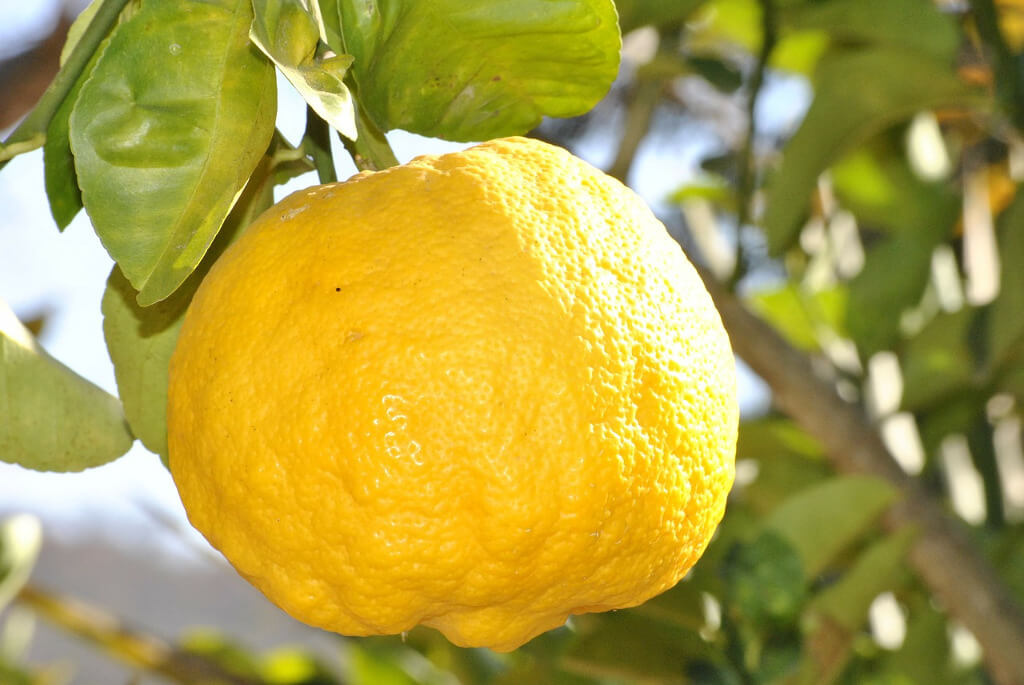ZIMSEC O Level Combined Science Notes: Introduction to acids
- A lot of everyday materials are acidic
- This means that they contain an acid
- Examples of everyday materials that contain acids are:
- Lemons and other citric fruits as well as materials that contain these for example Orange crush
- Vinegar (contains ethanoic/acetic acid)
- Battery acid (sulphuric acid)
- Other acids include: dilute sulphuric acid, dilute hydrochloric acid etc
Common properties of acids

Acids turn litmus paper red
- They have a sour taste (you should never taste/ingest sulphuric and hydrochloric acids as they are very toxic)
- They fizz/effervesce when mixed with bases such as sodium hydrogen carbonate
- They turn litmus paper red
- They turn Universal Indicator red, orange or yellow
- They cause iron to rust and dissolve
- They react with metals eating them away
- This is called corrosion
- Acids are corrosive
- Some metals do not react with acids
- For example copper and hydrochloric acid do no react
- Such metals are said to be resistant to corrosion
- Metals react with acids at different rates
- Metals such as magnesium that are higher up in the reactivity series react much more quickly with acids and quickly dissolve
- Zinc and iron react more slowly but are still corroded by acids
Acid Reactions and their word equations
- \text{metal+acid}\rightarrow\text{ salt+hydrogen}
- For example:
- \text{zinc+hydrochloric acid}\rightarrow\text{zinc chloride+hydrogen}
- Acids also react with bases
- \text{acid+base}\rightarrow\text{salt+water}
- For example:
- \text{copper oxide+sulphuric acid}\rightarrow\text{copper sulphate+water}
To access more topics go to the Combined Science Notes page.



